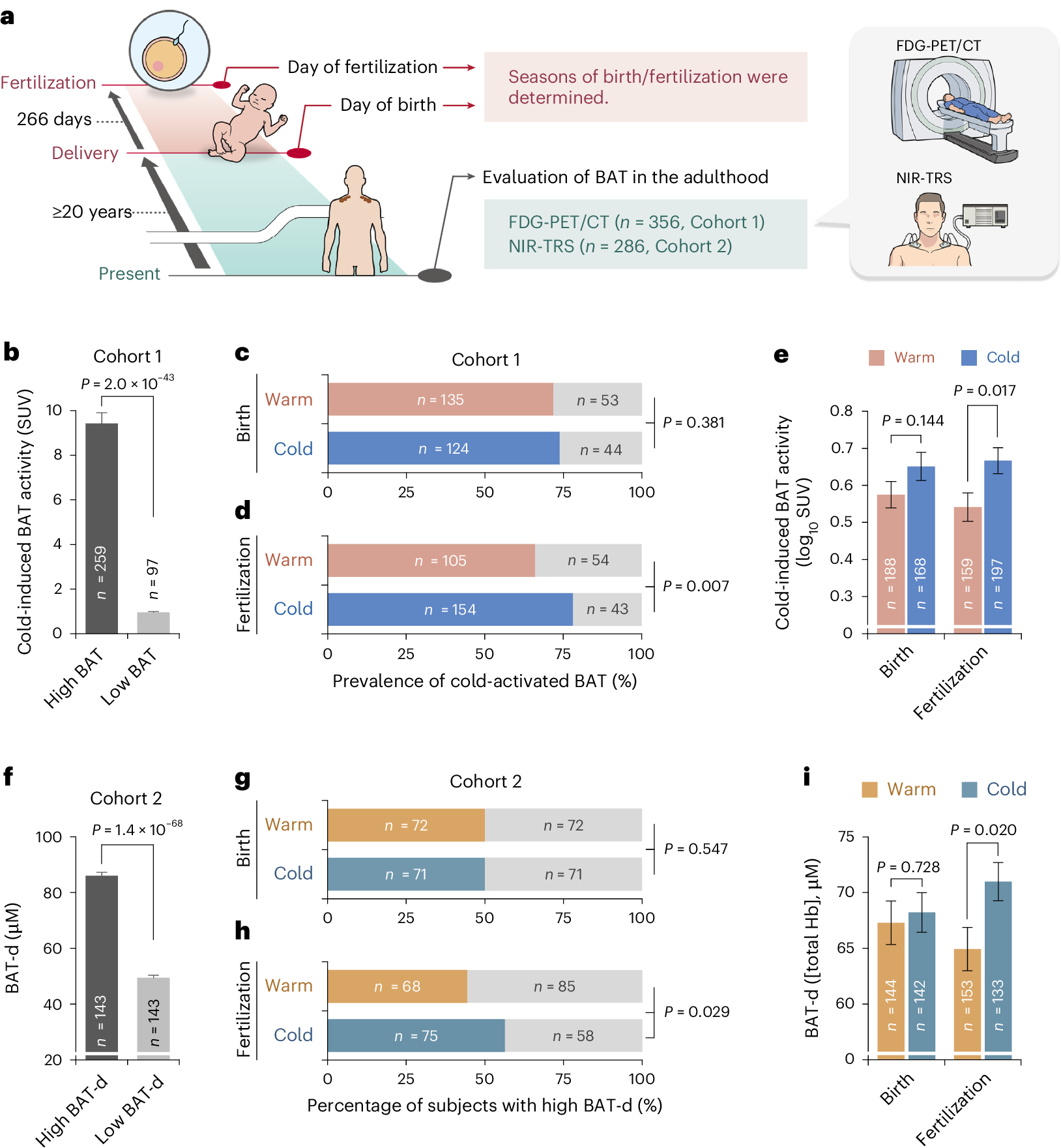2025-04-08 京都大学
<関連情報>
- https://www.kyoto-u.ac.jp/ja/research-news/2025-04-08-0
- https://www.kyoto-u.ac.jp/sites/default/files/2025-04/web_2504_Hayashi-66a929b2fae4d93ee754e8a974bb4936.pdf
- https://www.cell.com/cell-reports/fulltext/S2211-1247(25)00275-X
形状と原子価に支配される多相的タンパク質凝縮 Multiphasic protein condensation governed by shape and valency
Vikas Pandey∙ Tomohisa Hosokawa∙ Yasunori Hayashi∙ Hidetoshi Urakubo
Cell Reports Published:April 7, 2025
DOI:https://doi.org/10.1016/j.celrep.2025.115504
Graphical abstract

Highlights
- Liquid-liquid phase separation in synaptic proteins is reproduced computationally
- Phase-in-phase structure appears as a result of competitive binding
- Phase-in-phase structure appears when CaMKII has high valency and short linkers
- A previously unrecognized modular structure underlies CaMKII condensate formation
Summary
Liquid-liquid phase separation (LLPS) of biological macromolecules leads to the formation of various membraneless organelles. The multilayered and multiphasic form of LLPS can mediate complex cellular functions; however, the determinants of its topological features are not fully understood. Herein, we focus on synaptic proteins consisting of Ca2+/calmodulin-dependent protein kinase II (CaMKII) and its interacting partners and present a computational model that reproduces forms of LLPS, including a form of two-phase condensates, phase-in-phase (PIP) organization. The model analyses reveal that the PIP formation requires competitive binding between the proteins. The PIP forms only when CaMKII has high valency and a short linker length. Such CaMKII exhibits low surface tension, a modular structure, and slow diffusion, enabling it to stay in small biochemical domains for a long time, which is necessary for synaptic plasticity. Thus, the computational modeling reveals new structure-function relationships for CaMKII as a synaptic memory unit.

